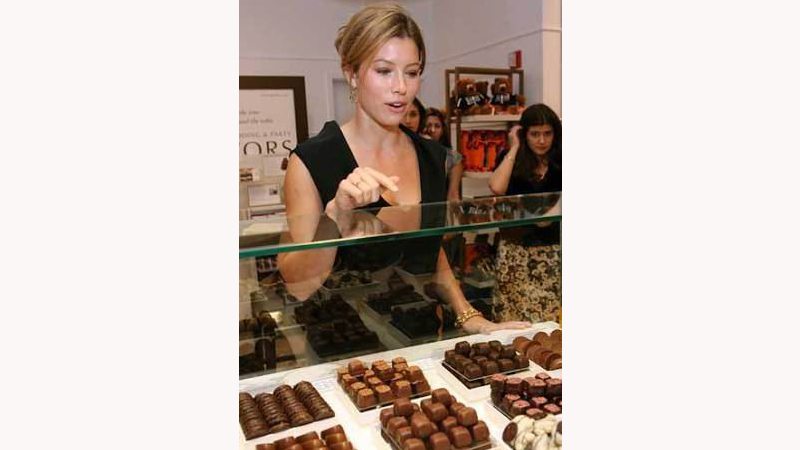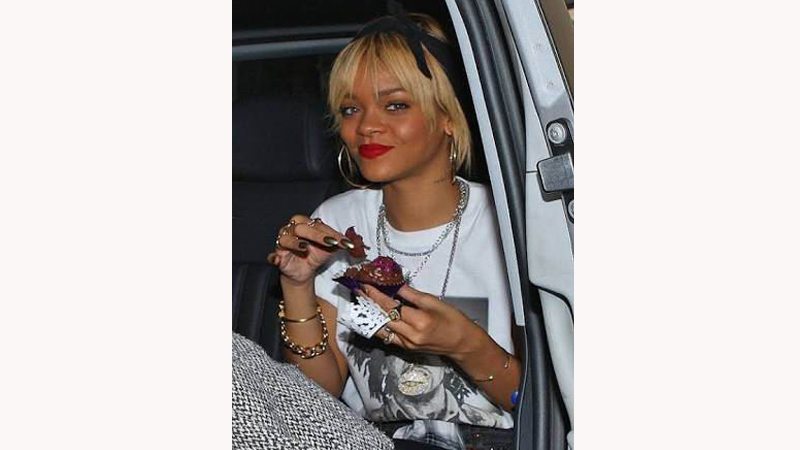 “Chemically speaking, chocolate really is the world’s perfect food,” renowned writer Michael Levine is quoted to have said.
“Chemically speaking, chocolate really is the world’s perfect food,” renowned writer Michael Levine is quoted to have said.
Even if all may not agree with this most definitive statement, most will agree that chocolate, in all its glorious variants, is indeed the ultimate resort for sweet tooth cravings. There are several interesting facts relating to chocolates that a great number of consumers are probably unaware of; facts worth knowing really. For example, the word, ‘cacao’ refers to raw chocolate beans before processing, while ‘cocoa’ refers to chocolate in powdered form.

You will be amazed to learn that chocolate has been in use for about 5,000 years, and was renowned to be a precious condiment in the ancient Mesoamerican era and hence a symbol of luxury. For 90 percent of its history, it was consumed as a drink rather than in the form of bars. As early as 1900BC, the Mayans and the Aztecs used to make a bitter chocolate drink called Xocoatl, after processing the beans of the cocoa tree. The Mayans considered cocoa to be the food of the gods and chocolate was austerely reserved for the elite. Surprisingly enough, the Mayan, Aztec, and Olmec civilisations believed Xocoatl to have divine and transcendent powers and hence considered it to be a revitalizing aphrodisiac.

It is known that Hernán Cortés, the Spanish conquistador who led the expedition to the Aztec Empire in the 16th century, returned to his homeland with chocolate and thus the magic of chocolate travelled to another continent. The exclusive status of chocolate remained constant as the drink was only meant for the Spanish elite, being an expensive import. When the daughter of the Spanish King married the French King in 1615, she brought with her a value addition for the taste buds in her trousseau – chocolate! Soon it started getting favourably regarded in the European courts and its presence rather made the heart grow fonder.

It was introduced in Britain in 1662 and entered the commercial realm in England with the span of time. It was in 1824 that an enterprising young man, 22-year old John Cadbury opened his first shop at 93, Bull Street in the then fashionable part of Birmingham, and the rest as they say, is history! Amongst his first customers were the elite families of Birmingham, who had the purchasing power for the product which was still a luxury drink. Cadbury imported cocoa beans from the West Indies, South and Central America. Later, as the business grew, he placed his first advertisement in the Birmingham Gazette in March 1824.
You will be amazed to learn that chocolate has been in use for about 5,000 years and was renowned to be a precious condiment in the ancient Mesoamerican era and hence a symbol of luxury
The chocolate making industry was then revolutionised in 1828 when Dutch chemist, Coenraad Johannes van Houten, invented the cocoa press that furthered economies of scale through a drop in production costs, and enabled chocolate to be used as a confectionary ingredient. Therefore, the highly prized possession became affordable for the masses. The world later witnessed the first chocolate bar in 1847, manufactured by Joseph Fry.

Some interesting historical facts further account for the evolution of chocolate. For instance, the first chocolate chip cookie in 1930 was the outcome of a serendipitous accident when Ruth Wakefield realised she was out of baker’s chocolate, and resorted to mixing broken pieces of a chocolate into her cookie dough, expecting them to be absorbed in the batter. However, the chocolate didn’t, but resulted in the invention of the first chocolate chip cookies!

The writer can be reached at heba.apr.com.pk
Published in Daily Times, January 19th 2018.